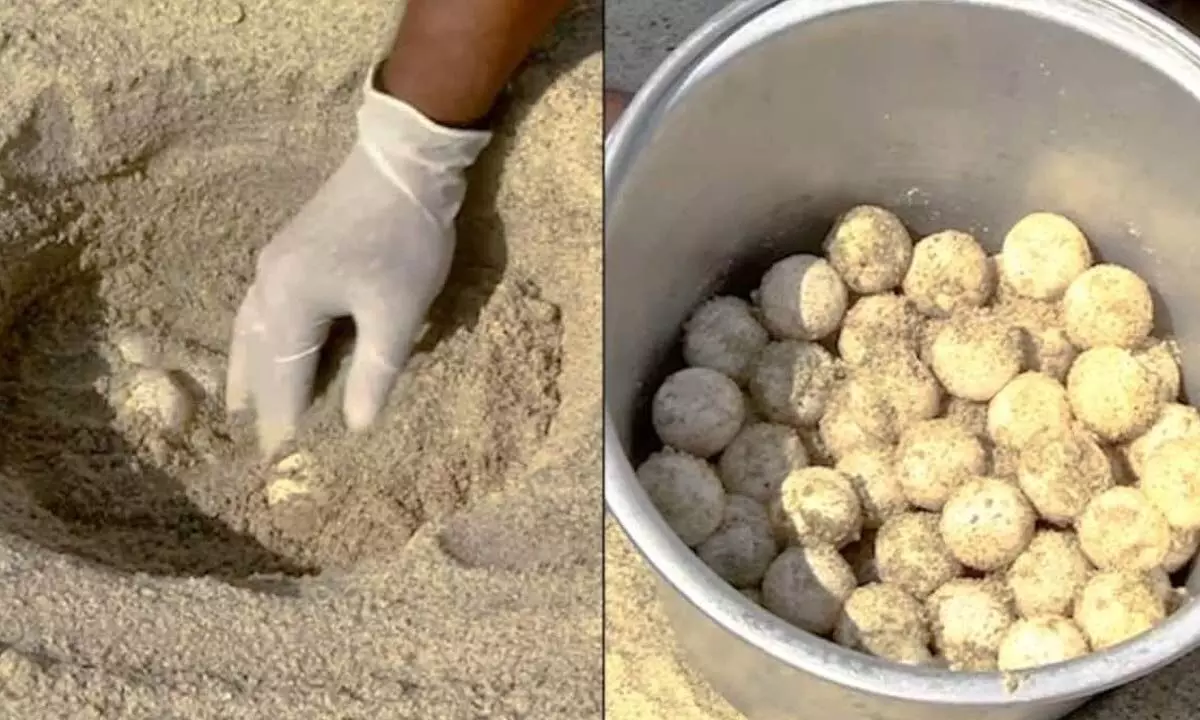Live
- Deputy CM Bhatti Vikramarka Inaugurates Power Substation, Criticizes BRS
- Major Phase in Old City Metro Land Acquisition, Cheques to Be Distributed
- Tragic Road Accident Near Medchal Checkpost: Family of Three Killed, Child Injured
- Road Accident on Hyderabad-Warangal National Highway: One Dead, Five Injured
- Massive Fire Breaks Out at Minerva Hotel in Hyderabad’s Himayatnagar
- PM Modi sets ball rolling for India to become world’s 2nd largest metro rail network
- Sexual assault case: Anna University asks students to use only bicycles inside campus
- Lack of genuine political leadership led to Manipur violence: Apex Meitei body
- Stage 3 restrictions under GRAP lifted in Delhi-NCR as AQI shows improvement
- No room for unmarried couples: Oyo explains check-in policy for partner hotels









